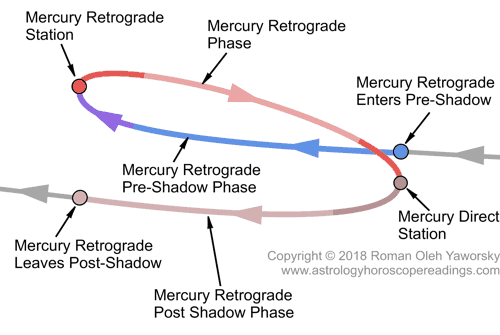

Also, because of the “Z” shape of this particular loop-most of the dramatic shifts in Mars’ motion occur during the retrograde period itself. It may be that through unconventional means (retrograde), we can actually get closer to the truth (the ecliptic is the orbital path of the earth). This is definitely a rarer kind of Mars retrograde, with a chance to zoom into something much more closely than usual. Like a hiker ascending a steep mountain via “switch-backs,” Mars does a zigzag from below to above the ecliptic in this part of the zodiac-actually getting closer to the ecliptic during the entire retrograde.


But since Aries is near the location of Mars’ north node in Taurus, Mars will cross the ecliptic plane in an upward fashion on December 1, just a little while after the direct station. In most other loops, Mars crosses the ecliptic well before and after actual retrograde motion and makes a wide foray away from the ecliptic during the actual retrograde. Of all the looping wandering journeys Mars takes during its various retrogrades, its journey through Aries is relatively straight-forward and symmetric. So Mars can definitely bring up issues pitting individual needs and desires versus social expectations. Mars has a lot to do with our survival instincts, and in Freudian terms, it would definitely be associated with the hedonistic urges of the Id (versus the moralistic side of the psyche known as the Superego). These factors combine to make Mars retrogrades intense. This means that we may feel out of touch or out of step with “normal” somehow. Also, during retrograde motion, Mars strays farther from the ecliptic plane than any other planet except Venus. Because Mars’ distance to Earth is closer than 1 astronomical unit (distance from Earth to the sun), we may experience the problem of being overly subjective or “too close” to issues and signification ruled over by the red planet, such as impulsive actions, motivation, competition, aggression, assertiveness, and defending or breaking through boundaries and limits. And yet in the middle of the retrograde, it comes closer to the sun than Earth-penetrating the heart-space of our system. Mars is classified as a “superior” planet, meaning that it is generally farther from the sun than Earth. It’s been 32 years (1988) since the last Mars retrograde that was mostly in Aries, and it will be 47 years before it happens again in 2067. This faster motion means the signs near Pisces have the least frequent occurrence of Mars retrogrades. Because Mars’ perihelion (meaning closest approach to the sun) is currently in Pisces, it travels through the signs near Pisces faster (due to being closer to its gravitational anchor, the sun). And because of Mars’ eccentric orbit, the red planet shows decided preference to retrograde less often in some signs than others. The last Mars retrograde was in the summer of 2018, and so it’s more than two years between retrograde stations. More time elapses between Mars retrogrades than for any other planet. Mars will station retrograde on Septemat 28☀9’ Aries and will station direct on Novemat 15☁4’ Aries.


 0 kommentar(er)
0 kommentar(er)
